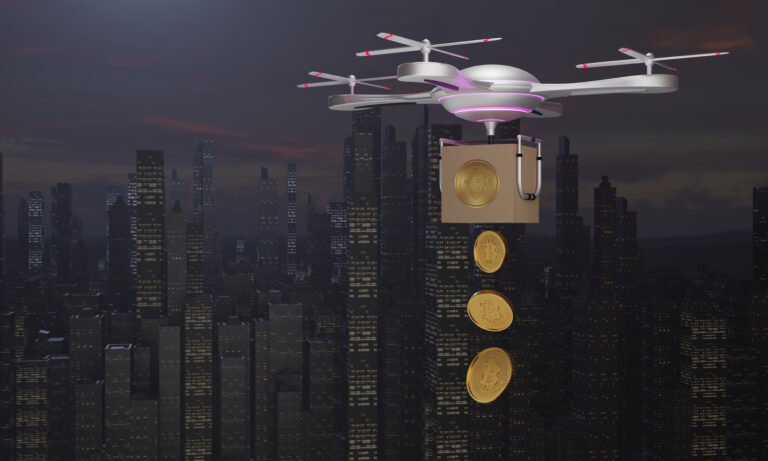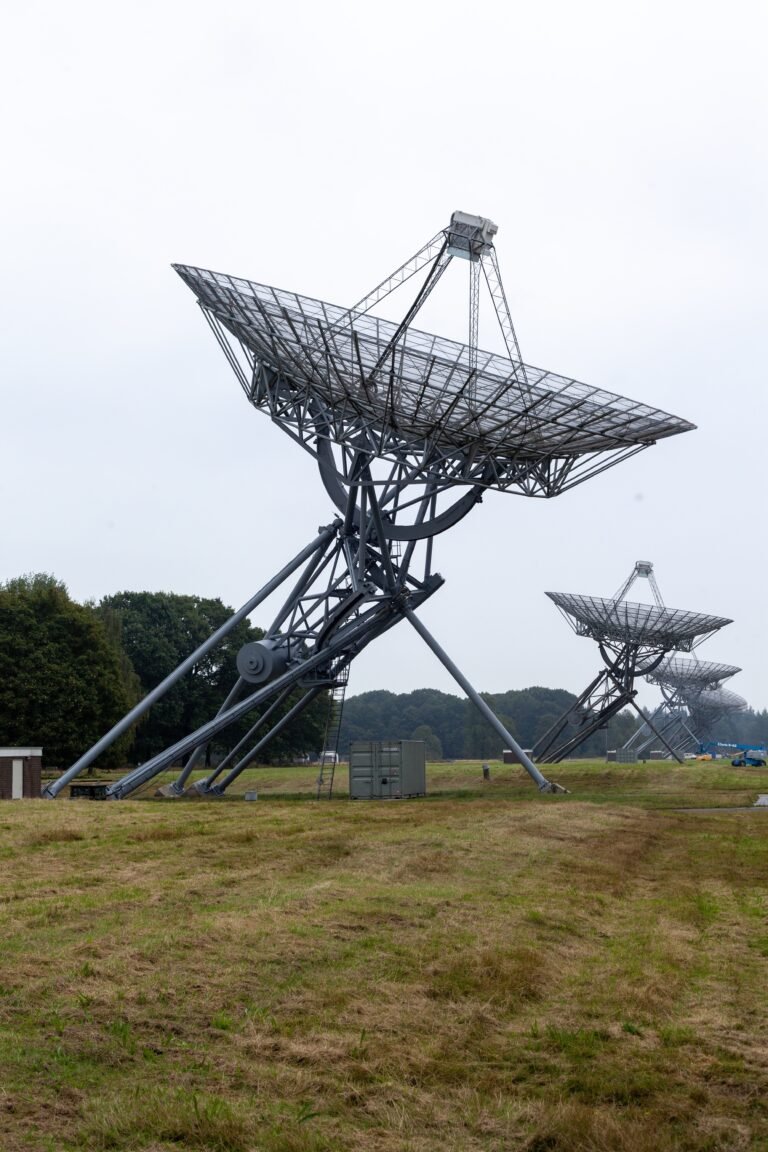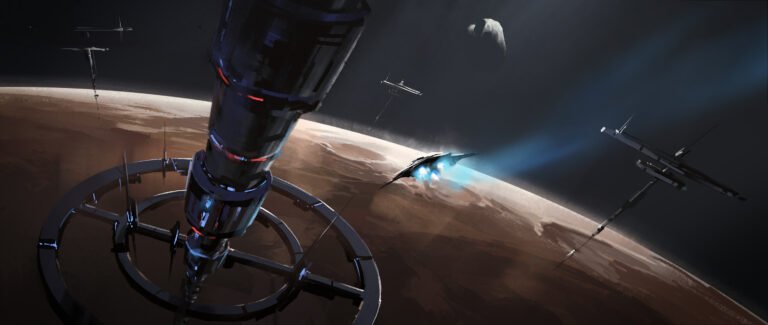Top 10 Countries Investing Billions in Satellite Networks
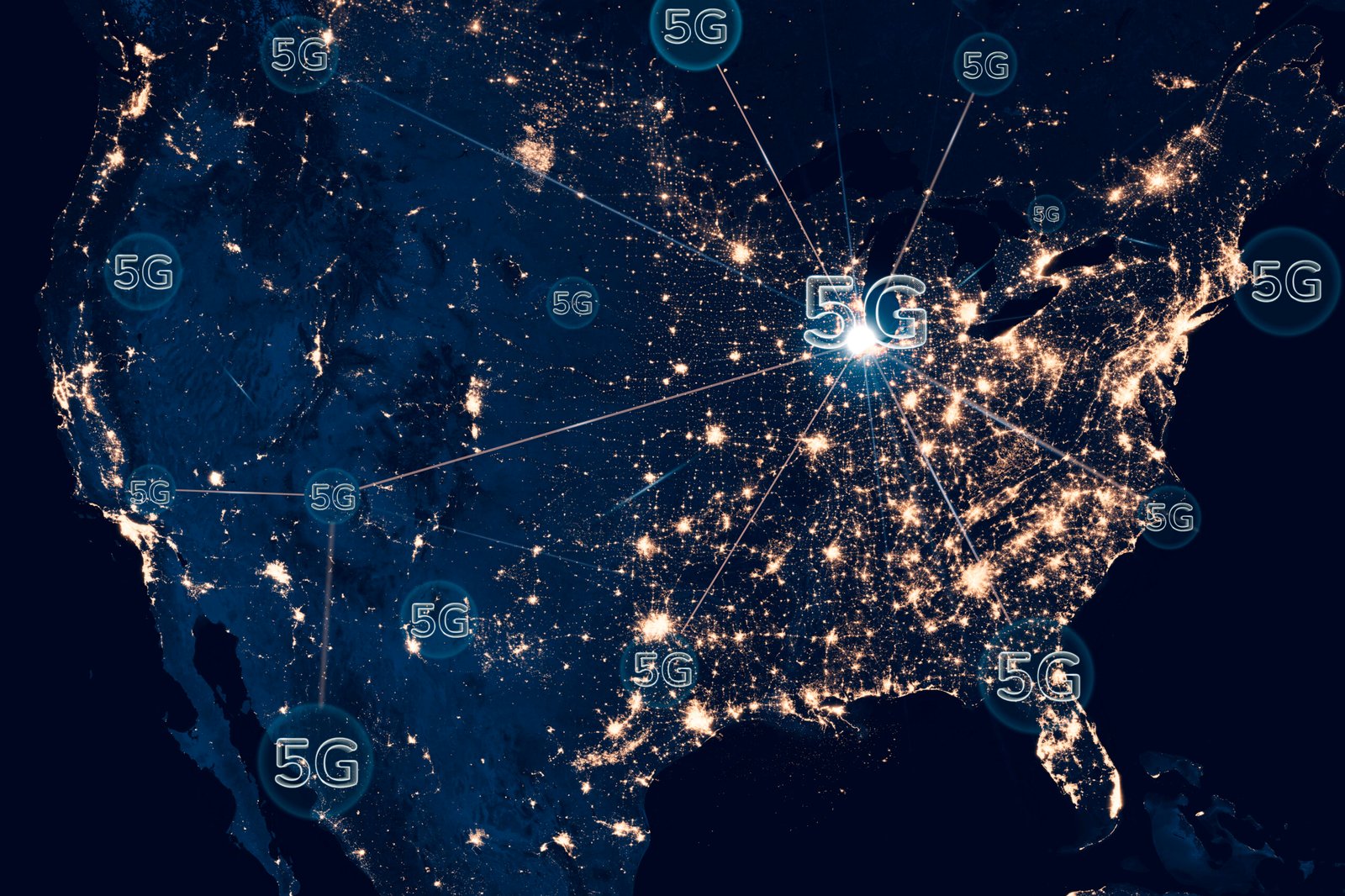
In the 21st century, satellite networks have become one of the most powerful drivers of technological progress, global communication, defense strategy, and economic growth. From powering 5G connectivity and satellite internet to enabling space exploration, Earth observation, climate monitoring, and military security, the race to dominate satellite networks is fierce. Governments and private corporations are now investing billions to secure their place in this rapidly growing sector.
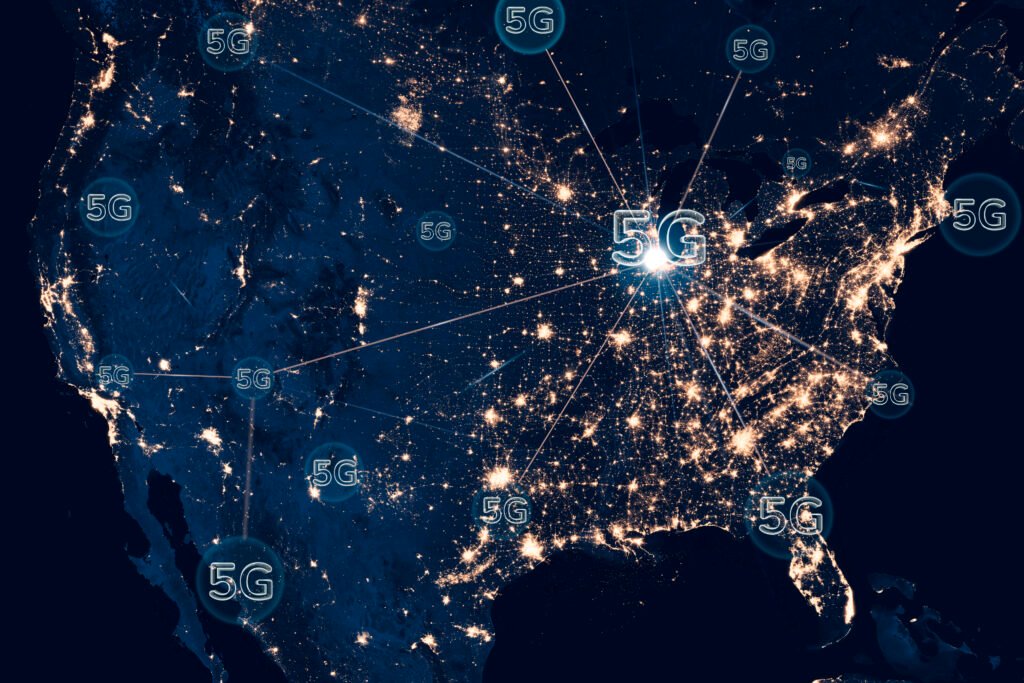
This article explores the top 10 countries investing billions in satellite networks, analyzing their strategies, achievements, goals, and the future implications of their investments. Along the way, we will break down how these nations are building their space infrastructure, the companies leading the race, and what it means for the global space economy.
Table of Contents
1. United States: Leading the Satellite Network Revolution
The United States is the undisputed leader in satellite networks, with a vast portfolio spanning commercial, scientific, and military applications.
- Key Programs:
- NASA’s satellite missions for Earth science and space exploration
- Department of Defense investments in reconnaissance and communications
- FCC-backed initiatives for satellite broadband expansion
- Private Players:
- SpaceX (Starlink): Over 6,000+ satellites in orbit for global internet
- Amazon Kuiper Project: Planned 3,200 satellites to compete with Starlink
- OneWeb US operations: Strong partnership with U.S. agencies
- Investment Scale:
The U.S. has invested hundreds of billions in satellite infrastructure, with annual government spending alone surpassing $50 billion in space-related activities. - Impact:
The U.S. dominates both the military satellite sector and the commercial satellite internet market, making it the most influential player in global satellite networks.
2. China: Rapid Expansion in Satellite Networks
China has positioned itself as a direct competitor to the U.S., pouring billions into satellite manufacturing, launch capabilities, and global coverage.
- Key Programs:
- BeiDou Navigation Satellite System (China’s answer to GPS)
- State-backed satellite communication networks for military and civilian use
- Growing dominance in low Earth orbit (LEO) satellite constellations
- Investment Scale:
China spends an estimated $15–20 billion annually on satellite and space programs, with long-term plans to rival Starlink with its own mega-constellation. - Impact:
China’s focus is not only domestic but global, with satellite connectivity expanding across Africa, Asia, and Europe through the Belt and Road Initiative (BRI).
3. Russia: Military Power and Strategic Satellite Investments
Despite economic sanctions and challenges, Russia continues to invest heavily in satellite technology, primarily for defense and intelligence purposes.
- Key Programs:
- GLONASS navigation system (Russia’s version of GPS)
- Military reconnaissance and communication satellites
- Partnerships with BRICS nations for joint satellite programs
- Investment Scale:
Russia allocates around $5–10 billion annually for satellite development, focusing on national security. - Impact:
Russia is less competitive in commercial satellite internet but remains strong in military-grade networks, making it a crucial player in the geopolitical space race.
4. India: Affordable Innovation in Satellite Networks
India has emerged as a cost-effective powerhouse in satellite technology, driven by the Indian Space Research Organisation (ISRO) and rising private companies.
- Key Programs:
- NavIC navigation system
- GSAT series for communication and broadcasting
- ISRO launches for both domestic and international clients
- Private Players:
- Bharti Airtel’s investment in OneWeb
- Startups like Skyroot and Pixxel pushing for affordable LEO constellations
- Investment Scale:
India spends approximately $2–3 billion annually on satellites but achieves maximum output at lower costs compared to Western nations. - Impact:
India is a rising competitor in satellite launches, Earth observation, and global broadband connectivity, making it a key emerging player.
5. European Union (EU): Collaborative Space Investments
The European Union, through ESA (European Space Agency) and member states, is investing billions collectively to ensure Europe remains competitive.
- Key Programs:
- Galileo navigation system (EU’s alternative to GPS and BeiDou)
- Copernicus Earth Observation Program
- EU-backed satellite internet projects for digital sovereignty
- Major Contributors:
- France, Germany, and Italy lead investments
- UK plays a role via OneWeb (post-Brexit collaboration with India)
- Investment Scale:
The EU invests over $10 billion annually, pooling resources from member nations. - Impact:
Europe is building a balanced satellite infrastructure, covering navigation, communication, and climate monitoring.
6. Japan: High-Tech Satellite Network Development
Japan is known for its technological precision and innovation, reflected in its satellite investments.
- Key Programs:
- QZSS (Quasi-Zenith Satellite System) for navigation
- Himawari weather satellites
- Advanced military and communication satellites
- Private Players:
- Mitsubishi Electric, NEC, and startups pushing small satellite development
- Investment Scale:
Japan invests around $3–5 billion annually in satellite programs. - Impact:
Japan focuses on precision, disaster monitoring, and secure communications, supporting both national defense and global collaborations.
7. United Kingdom: Rising in the Satellite Internet Race
After Brexit, the UK doubled down on satellite technology as part of its digital sovereignty strategy.
- Key Programs:
- Government’s investment in OneWeb, a global satellite internet provider
- Partnerships with U.S. and EU space agencies
- Investment Scale:
The UK government invested $500 million in OneWeb and continues to expand satellite research and development. - Impact:
The UK is carving out a niche in satellite internet networks, with strong future growth prospects.
8. Canada: Leader in Satellite Communications
Canada has long been a pioneer in satellite communication, especially for its vast and remote regions.
- Key Programs:
- RADARSAT program for Earth observation
- Telesat’s Lightspeed LEO constellation for global connectivity
- Investment Scale:
Canada invests billions through Telesat and government support, ensuring connectivity across rural and Arctic regions. - Impact:
Canada is a leader in Earth observation and broadband satellite services, making it one of the strongest global investors.
9. South Korea: Building Smart Satellite Networks
South Korea is investing in satellite technology to support its smart cities, 5G expansion, and defense systems.
- Key Programs:
- KPS (Korean Positioning System) under development
- Defense-focused satellites for secure communications
- Investment Scale:
Spending between $1–2 billion annually, with long-term growth plans. - Impact:
South Korea combines defense and commercial interests, ensuring a balanced satellite growth path.
10. United Arab Emirates (UAE): Emerging Satellite Investor
The UAE has rapidly emerged as a Middle Eastern space hub, investing heavily in satellites for communication, Earth observation, and exploration.
- Key Programs:
- Yahsat satellites for broadband and defense
- Mohammed Bin Rashid Space Centre (MBRSC) programs
- Partnerships with NASA, SpaceX, and European agencies
- Investment Scale:
Annual spending exceeds $1 billion, making UAE a strong regional player. - Impact:
The UAE is investing strategically to position itself as a space economy leader in the Middle East.
Related Information Table
| Country | Major Programs / Companies | Annual Investment | Focus Area |
|---|---|---|---|
| United States | Starlink, Kuiper, NASA, DoD | $50B+ | Military + Broadband |
| China | BeiDou, Mega LEO projects | $15–20B | Navigation + Global Internet |
| Russia | GLONASS, Military satellites | $5–10B | Defense |
| India | NavIC, OneWeb (Airtel) | $2–3B | Affordable Connectivity |
| EU | Galileo, Copernicus, ESA | $10B+ | Navigation + Climate |
| Japan | QZSS, Himawari | $3–5B | Navigation + Disaster Aid |
| UK | OneWeb | $0.5–1B+ | Broadband |
| Canada | Telesat Lightspeed, RADARSAT | $1–2B+ | Broadband + Observation |
| South Korea | KPS, Defense satellites | $1–2B | Smart Cities + Defense |
| UAE | Yahsat, MBRSC | $1B+ | Regional Connectivity |
FAQs
Q1. Which country is investing the most in satellite networks?
The United States leads the world, with tens of billions annually in commercial and defense satellites.
Q2. Why are countries investing in satellite internet?
Satellite internet ensures global connectivity, especially in rural and remote regions where fiber networks are impractical.
Q3. Which countries have their own GPS systems?
The U.S. (GPS), Russia (GLONASS), China (BeiDou), India (NavIC), Japan (QZSS), and the EU (Galileo) all operate independent navigation systems.
Q4. How do private companies benefit from government satellite investments?
Governments fund infrastructure, while private companies like SpaceX, OneWeb, and Telesat provide global services, generating commercial revenue.
Q5. Is satellite investment only about internet?
No. It also covers navigation, Earth observation, climate monitoring, defense, and space exploration.
Q6. Which emerging countries are entering satellite investments?
Nations like Brazil, Saudi Arabia, and Nigeria are also expanding satellite projects for communication and defense.
Q7. What is the future of satellite networks?
The future includes mega-constellations, AI-powered satellites, and global space-based 6G networks.
Conclusion
The race to dominate satellite networks is reshaping the global economy, defense strategies, and internet accessibility. The United States, China, Russia, India, EU, Japan, UK, Canada, South Korea, and UAE are leading this investment wave, collectively spending hundreds of billions. As these nations compete, the world will witness faster satellite internet, improved navigation systems, stronger climate monitoring tools, and more advanced military defense system

